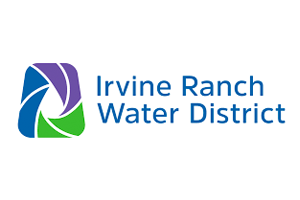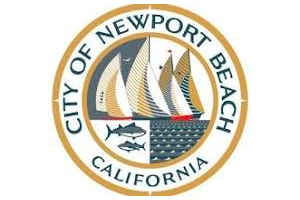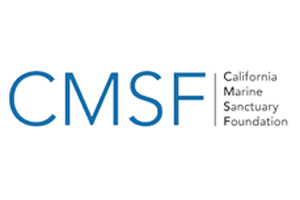We provide flood hazard modeling and risk data
Our modeling and data services are catered to local governments in need of custom models that can be used to simulate the impact of proposed projects.
We know that modeling services lack accessibility because of the high cost of flood model development. Our goal is to provide cost effective modeling for adaptation planning and risk management.
Whether you are evaluating flood risk in your community, mitigating rising sea levels, responding to worsening climate events, or planning hazard mitigation projects, Zeppelin’s modeling and data services can expedite your analysis and help you secure state and federal funding.
Evaluate Flood Risk
Zeppelin provides a set of baseline flood risk data for each area we have modeling coverage.
The baseline flood risk data are analogous to FEMA flood maps, meaning they depict flooding depths at different probabilities. The primary difference between Zeppelin data and standard FEMA maps is that Zeppelin is not limited to the methodology mandated for production of FEMA FIRMS; rather, Zeppelin uses the most cutting edge modeling technology on the planet to produce flood risk data.
Our flood risk data has been shown in academic literature to identify risks that are missing from FEMA FIRMS, primarily due to the incorporation of cutting edge data and methods in our modeling technology.
Run Scenarios
Zeppelin Models can simulate a wide range of flooding events, including historic hindcasts, dam break, and sea level rise scenarios.
Zeppelin simulations produce regional data describing water surface elevations, depths, and water forces at your locations. Since our models are pre-developed, we can easily incorporate your planned infrastructure.
With Zeppelin data, you can:
- • Optimize planned infrastructure to provide the most flood protection to your community members
- • Evaluate several proposed flood mitigation projects and pick one that will provide the most benefits to your community
- • Effectively evaluate and communicate flood risks across your community
- • Test how proposed infrastructure impacts disadvantaged communities
- • Provide clear and accurate data to state and federal funding agencies to secure funding for flood mitigation projects



